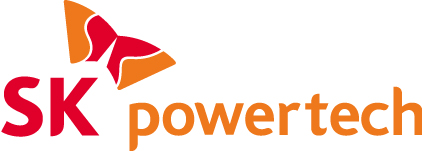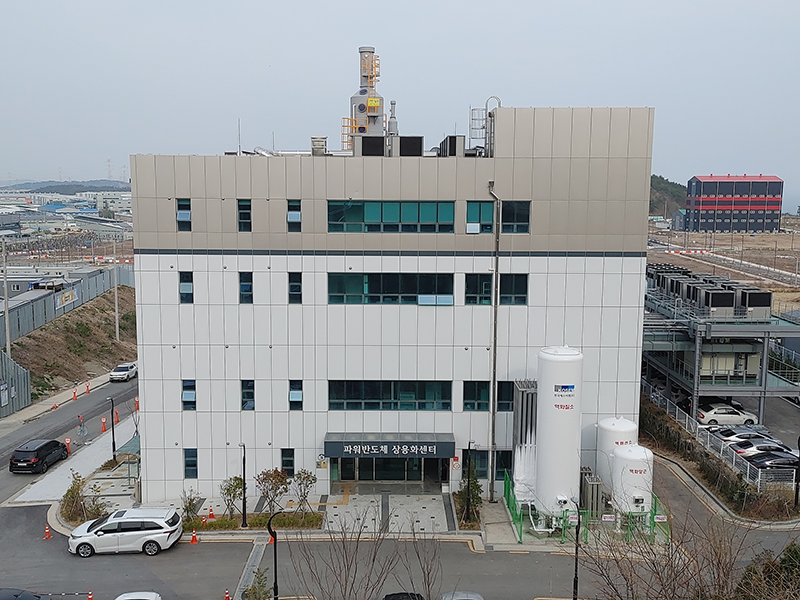-Renaming reflects the company’s drive to accelerate competitiveness in SiC power semiconductor design and manufacturing after the 2022 acquisition by SK Inc.
-New plant in Busan City to kick-start commercial production in April
Yes Power Technix, a subsidiary of global investment company SK Inc., unveiled that it will rename itself to SK powertech to reflect its commitment to harness the company’s strengths to become a global leader in advanced materials. The announcement was made at the Annual General Meeting (AGM) of shareholders, which was held on March 30 at the company’s headquarters in Seoul, South Korea.
Founded in 2017, SK powertech is a leading SiC (silicon carbide) power semiconductor design and manufacturing company in Korea. SK Inc. made two separate investments in 2021 and 2022 worth a total of about KRW 150 billion to acquire management rights of SK powertech.
The renaming underscores SK powertech’s drive to raise its profile in the global market as the company competes for greater market dominance.
SK powertech will relocate its current plant in Pohang City to Busan City. Commercial production at the new facility will begin in April 2023. The new plant in Busan City will have the capacity to yield 29,000 wafers per year or triple the production size compared to the previous production facility. The company will further expand its production capacity through new product development and additional large-scale investment.
The entry barrier to the SiC power semiconductor market is high due to the technical expertise that is required to be competitive in the industry. Manufacturers need to have the capacity to design optimized chips in small volumes to meet the specific needs and requirements of customers. In addition, it is essential for manufacturers to be equipped with the production know how to control high-temperature processes.
The SiC power semiconductors are rapidly taking over traditional silicon (Si) semiconductors in certain sectors due to their advantage of higher breakdown voltage and higher thermal conductivity. These advantages make SiC power semiconductors ideal for high-performance applications such as electric vehicles (EVs). For example, SiC power semiconductors can improve EV battery efficiency by 7% while withstanding a high voltage of 10 times higher and temperatures of hundreds of degrees than silicon power semiconductors. Tesla of the US is widely considered a pioneer in the adoption of SiC power semiconductors in EVs after it adopted SiC power semiconductors in its Model 3 in 2018. Since the roll out of Model 3, it is estimated that one-third of all EVs currently manufactured adopt SiC power semiconductors. After 2025, SiC power semiconductors are expected to be applied to most EVs.
According to IHS Markit of the UK and Yole Development of France, global leading market research firms, the global SiC device market is expected to soar at a compound annual growth rate (CAGR) of 34% and reach USD 15.4 billion (about KRW 20 trillion) in 2030 from about USD 1.1 billion (about KRW 1.4 trillion) in 2021.
“SK powertech is poised to secure global competitiveness, develop next-generation products and bolster production capacity to dominate the global SiC power semiconductor market,” said an official at SK Inc.

